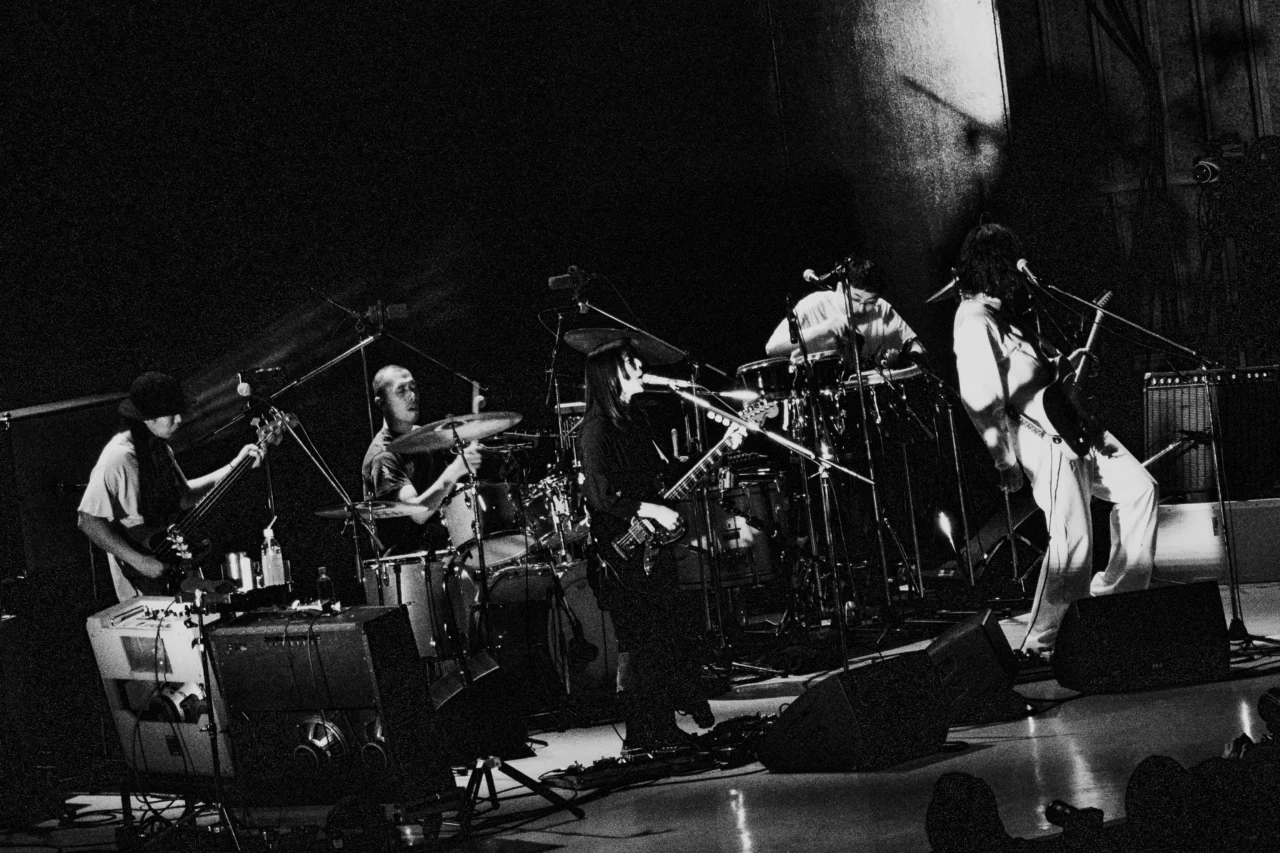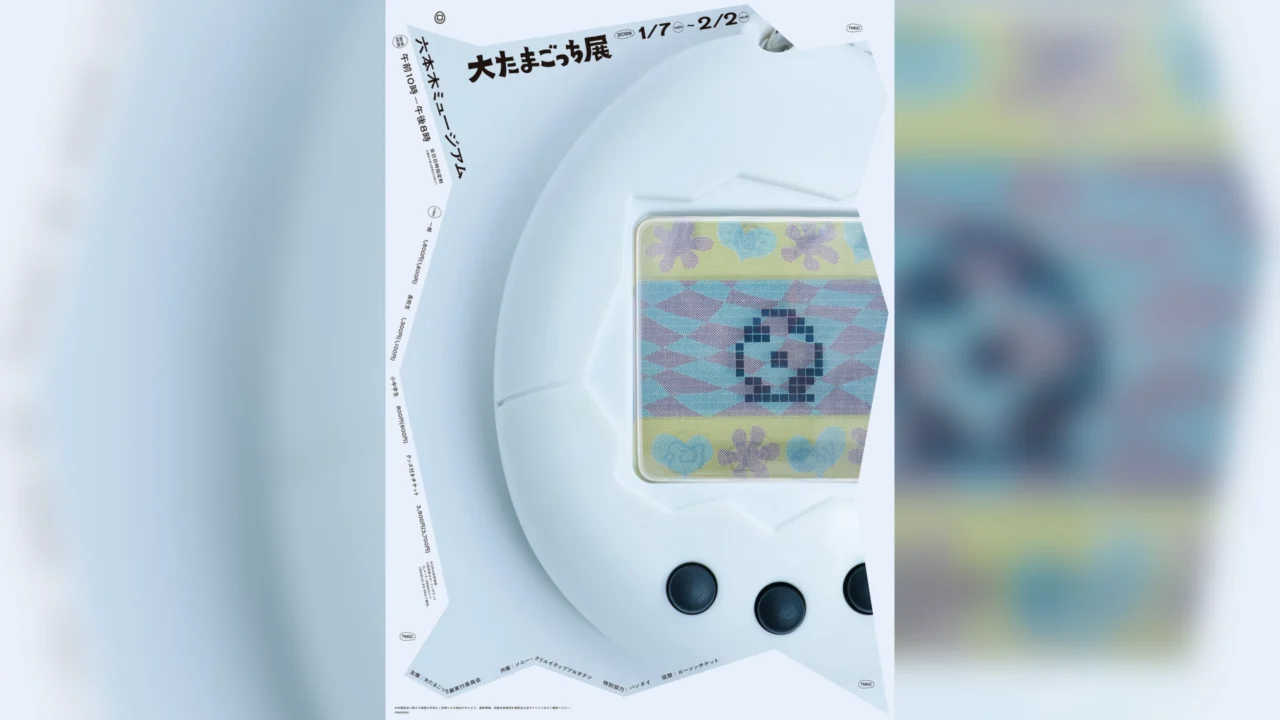INDEX
Roka’s Debut: Collaborating with Fukuoka-Based Co-3oly on New Music
How did you end up debuting as Roka?
Roka: I had been making music for a while, but there was no end to it. Without releasing anything, I kept working on tracks endlessly. So, I realized I needed to release something. I created an account under a different name and started distributing my music. That was when I experienced how to finish a track. During that time, my current label listened to my music and reached out, which led to my debut as “Roka.”
As a singer-songwriter, it’s clear now why your songs have such a big, glamorous scale. You’ve had quite a unique journey. Afterward, you released “CUTENESS.” How did you approach creating this track?
Roka: “CUTENESS” was originally a song I released under a different name, but I re-arranged it. The first version was mixed by me, but for this fresh start, I worked with a producer to rebuild it. The producer is Co-3oly, an 18-year-old from Fukuoka.
When I listened to the track, I found it quite intriguing. In the last decade or so, there has been a noticeable increase in the number of artists in Japan interpreting R&B and soul music in their own unique way through DAW. It’s interesting how each artist’s body language or unique quirks come through in their music. However, even though your track follows this approach, it’s so smooth and polished. It has this luxurious quality, like something made by a mid-career or veteran artist with a big budget and rich production.
Roka: I was definitely aiming for a chic and stylish vibe. The guitar sound is simple, without overly heavy effects. The arrangement is also minimal. The mix follows that approach as well. I spent about 10 hours with the engineer, experimenting, to arrive at this clean version. Originally, it wasn’t as clean and had a more playful element to it.
Why did the direction lean toward this clean style?
Roka: It was a result of discussions with the team. If it were just me, it would have ended up being a little more playful. When I’m on my own, I feel a bit embarrassed doing something too chic (laughs). But as we discussed it as a team, we realized that in today’s R&B and soul music, most tracks made in DAWs with software sounds are the norm, and there aren’t many singers focusing on live instruments. We wanted to challenge ourselves and do something different. I also paid attention to the groove. I changed the drums between the first and second choruses. The kick and snare remain in a 4/4 pattern, but in the second chorus, I added a “dun-dun” kick to create an 8-beat feel. Also, in the first chorus, I shifted the snare position to match the vocals. I added a lot of little details like that.
The simplicity of the track hides a lot of intricate techniques, doesn’t it? Your new song “Samenumama” is a complete shift, being a ballad. In this one, you’ve reduced the number of elements even further.
Roka: This track was also influenced by J-POP. Personally, I really like the ballads of artists like aiko, Official HIGE DANDism, and Fujii Kaze. Not just their ballads, but it’s fascinating to me how these artists create such free and unique songs within the mainstream. I feel the same way about NewJeans in K-POP; it’s impressive to see them doing the same thing.
It’s interesting how recent J-POP and K-POP have roots in that style. “Samenumama” also stood out because of the footsteps in the track. It’s a unique idea, and it gives a cinematic mood.
Roka: It was Co-3oly’s idea to add the footsteps, keeping in mind the winter theme. At first, in the demo I made, I had regular drum sounds, but he rearranged it. It’s a creative idea I wouldn’t have come up with on my own.

























